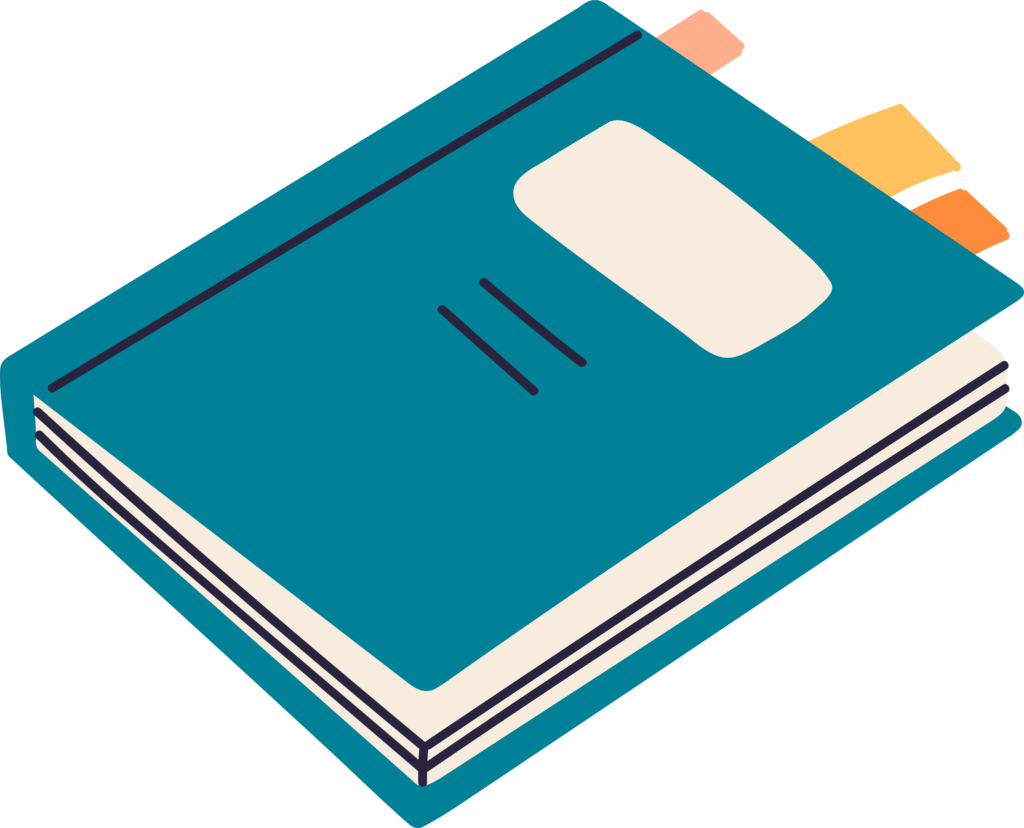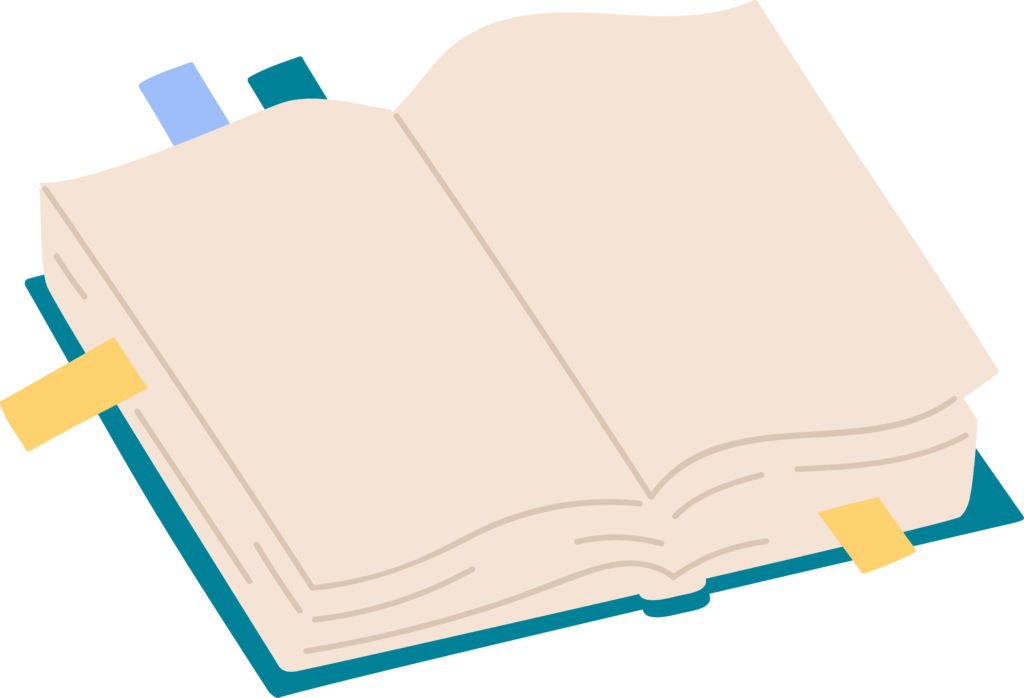Citation is a big part of academic work, and at some point, (just like all students) you’ll have to deal with it. It might seem a bit complicated or daunting at first, but don’t worry! In this chapter, we’re going to break down the basics of citation and reference management for you. We’ll also show you how to easily steer clear of the much-dreaded plagiarism.
- Why cite?
- Types of citations
- Different forms of references in your work
- How do I know which citation style to use?
- How do I cite…
- Which sources may I cite?
- Quiz
- Literature and recommendations
Why cite?
When you’re working on a scientific paper, whether it’s a seminar paper or a dissertation, you’ll often use content from other authors. The basic idea behind citing is to make a clear distinction between your own ideas and those from others. This helps everyone see what parts of your work are your original thoughts.
Citation is primarily a matter of good scientific practice, but it also relates to copyright. By acknowledging the sources of the information, you use, you show respect for the intellectual property of the respective authors. Additionally, you make your statements understandable for your readers. They can easily locate your sources and verify your conclusions.

Types of citations
There are different ways to cite sources:

Direct citations
In the case of direct citations, you copy text word-for-word from a source. You’ve got to take the exact passage as it is. If you change, skip, or add anything in the quote, you must make it clear. Direct quotations come in handy when using the exact wording adds value to your work. This usually happens if the author has expressed something very clearly or if their phrasing is crucial. But, in general, you should go easy on using direct quotations.
Indirect citations
In your work, you should primarily use indirect citations. With these, you rephrase what other authors said in your own words.
Secondary citations
You’re quoting a part of an author’s text where they quoted someone else. You should really try to avoid secondary quotations and instead directly cite the original source. This is the only way to be sure your citation accurately represents what the original source meant. You’d only use secondary quotations if the original source is very hard to find or not accessible at all.
Different forms of references in your work
In scientific papers, you use different kinds of references that serve various purposes. Short references are the ones you put directly in the main text of your paper where you mention a source, whether you’re quoting it word for word or paraphrasing it. As the name suggests, these are brief references that provide a few key details to identify the source. It’s crucial to specify exactly where in the source you found the information, including the page number. In your bibliography, which is usually located at the end of your paper, you list all the sources you’ve used. The references in the bibliography are much more detailed compared to the short references. This allows readers to see precisely which works you’ve used in your paper and find them for themselves. The formatting of these references depends on the citation style you’re using.
How do I know which citation style to use?
Not sure which citation style to use? Well, at WU, different departments usually have their own citation guidelines, and you can typically find them on the department’s website. If you’re still in doubt, just reach out to your supervisor or course instructor, and they’ll be happy to point you in the right direction. And here’s a tip: The WU Library has a several WU-specific citation styles that you can download for your reference management software. For more info, check out the section on WU citation styles.
How do I cite…
Here, you’ll find the basic information needed to cite different types of sources. Keep in mind that there might be slight differences based on the specific citation style you’re using. If you want more details, visit the page on Understanding your reading list.
Important note: If you’re using a source that is only available online, make sure to include either the URL or the DOI (if available) in your bibliography. If you have both, go with the DOI. And if you do use a URL, don’t forget to mention the date you last accessed or downloaded the source.
Which sources may I cite?
Citing is not just about following the rules; it’s also about picking the right sources to reference. Essentially: Which ones are okay to use, which should you stay away from?
There are two key concepts that can help you with this: citability and citation worthiness.
Generally, any source that has been published in some form is citable. It should also have clearly stated authors. Moreover, your readers should be able to track down and access these sources on their own to verify the information you stated.
Citation-worthiness is a question of scientific quality. If a source meets specific criteria for scientific quality, it is suitable for citation. You can find more detailed information about this in the section on evaluating academic sources.

Quiz
Got it? Test your knowledge on proper citation with this quiz!
Literature and recommendations
Literature
Rheinland-Pfälzische Technische Universität Kaiserslautern-Landau: Richtig zitieren
Technische Universität Berlin: Leitfaden Richtig zitieren & Plagiate vermeiden
Technische Universität München: TUM-Zitierleitfaden
Wirtschaftsuniversität Wien: Wissenschaftliches Schreiben 03 – Warum Zitieren
